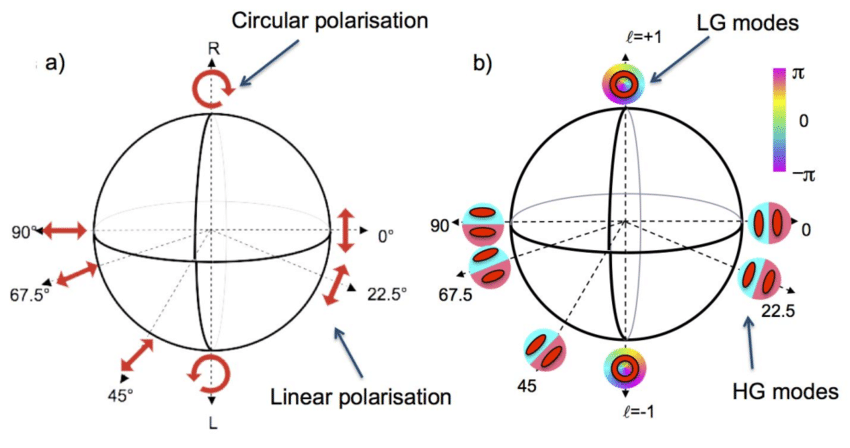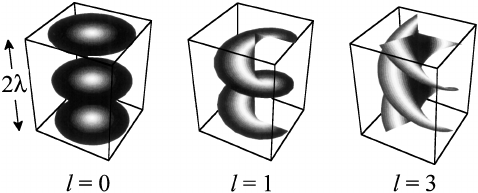Aye, the children of men shall progress
onward and upward to the great goal.
Children of Light shall they become.
Flame of the flame shall their Souls ever be.
Knowledge and wisdom shall be man's in the great age for he shall approach the eternal flame, the Source of all wisdom, the place of beginning, that is yet One with the end of all things.
Aye, in a time that is yet unborn, all shall be One and One shall be All.
Man, a perfect flame of this Cosmos, shall move forward to a place in the stars
Aye, shall move even from out of this space-time into another beyond the stars.
aye
yes; yea; a word expressing assent, or an affirmative answer to a question.
Usage notes
It is much used in Scotland, the north and Midlands of England, the northern counties of Ireland, North Wales, as well as in Australia and New Zealand (where it may follow rather than precede a statement). Also notably seen in viva voce voting in legislative bodies, etc., or in nautical contexts.
Thoth (/θoʊθ, toʊt/; from Koinē Greek: Θώθ thṓth, borrowed from Coptic: Ⲑⲱⲟⲩⲧ, the reflex of Ancient Egyptian: ḏḥwtj "[He] is like the Ibis") is an ancient Egyptian deity. In art, he was often depicted as a man with the head of an ibis or a baboon, animals sacred to him. His feminine counterpart was Seshat, and his wife was Ma'at. He was the god of the moon, wisdom, writing, hieroglyphs, science, magic, art, and judgment. His Greek equivalent is Hermes.
Hermes Trismegistus (from Ancient Greek: Ἑρμῆς ὁ Τρισμέγιστος, "Hermes the Thrice-Greatest"; Classical Latin: Mercurius ter Maximus) is a legendary Hellenistic figure that originated as a syncretic combination of the Greek god Hermes and the Egyptian god Thoth. He is the purported author of the Hermetica, a widely diverse series of ancient and medieval pseudepigraphical texts that lay the basis of various philosophical systems known as Hermeticism.
Hermes Trismegistus may be associated with the Greek god Hermes and the Egyptian god Thoth. Greeks in the Ptolemaic Kingdom of Egypt recognized the equivalence of Hermes and Thoth through the interpretatio graeca. Consequently, the two gods were worshiped as one, in what had been the Temple of Thoth in Khemenu, which was known in the Hellenistic period as Hermopolis.
A Mycenaean Greek reference to a deity or semi-deity called ti-ri-se-ro-e (Linear B: 𐀴𐀪𐀮𐀫𐀁; Tris Hḗrōs, "thrice or triple hero") was found on two Linear B clay tablets at Pylos and could be connected to the later epithet "thrice great", Trismegistos, applied to Hermes/Thoth.
ti-ri-se-ro-e
Tris Hḗrōs
From Old Irish ros (“wood, promontory”), from Proto-Celtic *ɸrossos, from Proto-Indo-European *pro- (“before”) + *steh₂- (“to stand”).
rise
/rʌɪz/
verb
past tense: rose
1.
move from a lower position to a higher one; come or go up.
(of the sun, moon, or another celestial body) appear above the horizon.
"the sun had just risen"
move up/upwards
come/go up
make one's/its way up
arise
ascend
climb
climb up
mount
soar
be restored to life.
"three days later he rose from the dead"
come back to life
be raised from the dead
come back from the dead
be resurrected
be restored to life
revive
be revived
arising
present participle of arise
Noun
arising (plural arisings)
The process by which something arises; origination; occurrence.
Borrowed from Old French [Term?], ultimately from Latin -ārius.
Suffix
-aire m
Agentive affix, similar to English -er, -or
Derived terms
Old Irish words suffixed with -air
Descendants
Irish: -aire
Scottish Gaelic: -air
English words suffixed with -ary
(math operation of given arity):
nullary
unary
binary
ternary
quaternary
quinary
From Latin ūnus (“one”) + -ary, on the pattern of binary, ternary, etc.
Pronunciation
IPA(key): /ˈjuːnəɹi/
Adjective
unary (not comparable)
Consisting of or involving a single element or component.
(mathematics, programming, computer engineering) Of an operation, function, procedure, or logic gate, taking exactly one operand, argument, parameter, or input; having domain of dimension 1.
Negation is a unary operation.
unary (plural unaries)
(mathematics) The unary numeral system; the bijective base-1 numeral system.
(information theory) Unary coding, an entropy encoding for natural numbers.
Coordinate terms
binary
ternary
From Late Latin ternarius (“consisting of three things”), from terni (“three each”).
each
/iːtʃ/
Origin
Old English ǣlc ; related to Dutch elk and German jeglich, based on a West Germanic phrase meaning ‘ever alike’ (see aye2, alike).
aye; exclamation: ay
ARCHAIC•DIALECT
said to express assent; yes.
"aye, you're right there"
three-phase (not comparable)
(electricity) using three separate alternating currents of the same voltage at different phases.
In 1992 Allen et al. recognized that light beams could carry an angular momentum in addition to that arising from the photon spin. This orbital angular momentum can be created using lenses or diffractive optics, the later often formed using liquid crystal displays. Both whole beams and single photons can carry this twist, and transfer it to particles causing them to spin. This paper introduces the underlying principles of orbital angular momentum and reviews a number of its manifestations and applications. These effects highlight how optics still contains surprises and opportunities for manipulation, imaging and communication in both the classical and quantum worlds.
We observe the frequency shift, lOmega, imparted to a mm-wave beam with an orbital angular momentum of lh per photon, when the beam is rotated at angular frequency Omega. We show that this shift, and those found in a number of experiments on the rotation of circularly polarized beams, are special cases of the rotational frequency shift recently predicted by Bialynicki-Birula and Bialynicka-Birula. The measurement also explicitly confirms a theoretical prediction by Nienhuis.
Orbital angular momentum is one of two forms of angular momentum of light. OAM is distinct from, and should not be confused with, light spin angular momentum. The spin angular momentum of light offers only two orthogonal quantum states corresponding to the two states of circular polarization, and can be demonstrated to be equivalent to a combination of polarization multiplexing and phase shifting. OAM on the other hand relies on an extended beam of light, and the higher quantum degrees of freedom which come with the extension. OAM multiplexing can thus access a potentially unbounded set of states, and as such offer a much larger number of channels, subject only to the constraints of real-world optics.
As of 2013, although OAM multiplexing promises very significant improvements in bandwidth when used in concert with other existing modulation and multiplexing schemes, it is still an experimental technique, and has so far only been demonstrated in the laboratory. Following the early claim that OAM exploits a new quantum mode of information propagation, the technique has become controversial, with numerous studies suggesting it can be modelled as a purely classical phenomenon by regarding it as a particular form of tightly modulated MIMO multiplexing strategy, obeying classical information theoretic bounds.
As of 2020, new evidence from radio telescope observations suggests that radio-frequency orbital angular momentum may have been observed in natural phenomena on astronomical scales, a phenomenon which is still under investigation.
Radio astronomy
In 2019, a letter published in the Monthly Notices of the Royal Astronomical Society presented evidence that OAM radio signals had been received from the vicinity of the M87* black hole, over 50 million light-years distant, suggesting that optical angular momentum information can propagate over astronomical distances.
mid 16th century: via Latin from Greek astronomikos, from astronomia (see astronomy).
from Ancient Greek ἀστρονομία (astronomía), from ἄστρον (ástron, “star”) + νόμος (nómos, “law”).



